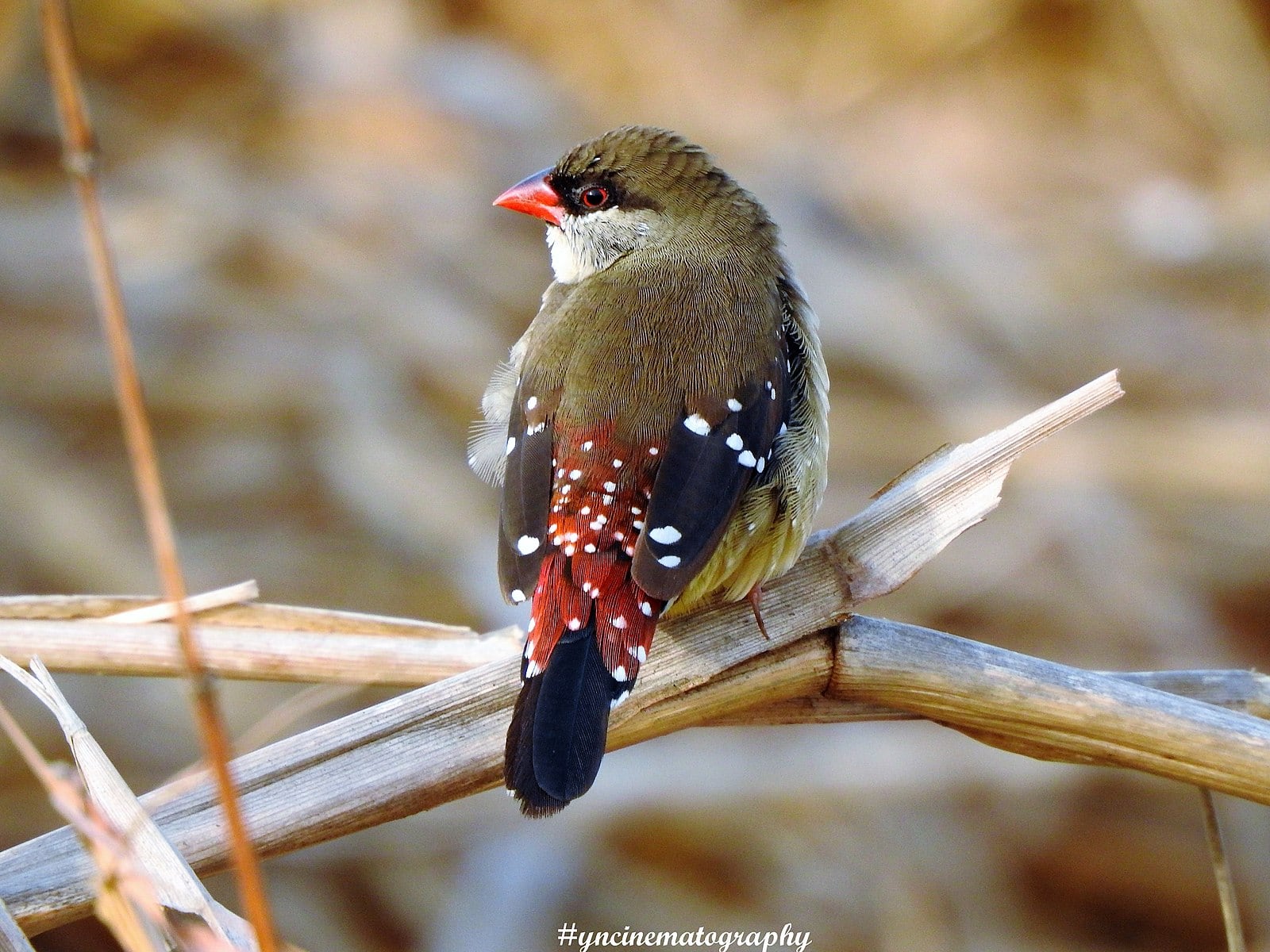Edited By - Vinuri Randula Silva
Also known as the red avadavat (Amandava amandava), this sparrow-sized songbird is found throughout tropical South and South East Asia, including in India, China, Indonesia, Thailand, and Vietnam.
Once popular in the pet trade, the names avadavat and
amandava come from Ahmedabad, a city the state of Gujarat, India, where the
species was bred and exported to collectors all over the world more than 200
years ago.
The spectacular colouring that made the bird such a commodity is
worn by the males during the breeding season. Referred to as its ‘nuptial
plumage’, the bright red attracts females, which are predictably dull to look
at, but have the same beautiful red beak and cute white speckles.
Unlike many other species of birds, where the males are
brilliantly adorned and the females are plain, the red strawberry finch’s
signature look is only temporary. Once the breeding season is over, the male
will take on a more modest look, retaining its red feathers only along its
rump.
But how adorable are those spots?

Red strawberry finches are relatively common, particularly
throughout India, but one of their closest relatives, the green strawberry
finch (Amandava formosa), is a rare sight.
Found primary in central and north-western India, this rare bird’s
numbers have suffered due to relentless trapping and trading – a practice that
has more recently been discouraged by local governments.
Unlike the red strawberry finch, which looks exactly like its namesake, the green strawberry finch is more zebra than fruit:
There’s one more species in the Amandava genus: the
orange-breasted waxbill (Amandava subflava), found in several countries
in Africa, south of the Sahara. This striking bird practically glows with all
that golden plumage.The three Amandava species belong to the
family of estrildid finches, a bunch of which are native to Australia.
There are the well-known species, like the Gouldian finch and
zebra finch. And there are species that share similar characteristics with the
red strawberry finch such as the painted finch (Emblema pictum),
found throughout the arid and semi-arid zones of Australia, and the diamond
firetail (Stagonopleura guttata), endemic to south-eastern Australia.
Then there’s the star finch (Neochmia ruficauda), which
looks like someone was trying to print a red strawberry finch and ran out of
red ink:

Comments
Post a Comment